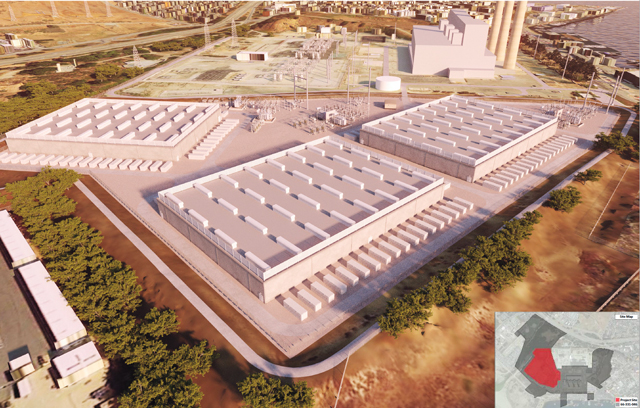The demand to feed the engines of artificial intelligence has helped vault shares of Vistra (VST) higher even than Wall Street darling Nvidia (NVDA). Investors, including Daniel Loeb, the billionaire founder of Third Point, have been snapping up Vistra stock in a bet that the massive boom in demand—partly fueled by power-sucking AI data centers—will only grow. That’s spurred shares to a more than 300% gain over the past 12 months, making the Texas-based firm the best performer in the S&P 500 Index—a benchmark it joined less than a month ago. Peers trailed, with utility stocks in the index returning about 10% over the same period.
“Power demand is extremely strong, and it’s being driven by the data center trade,” but Vistra’s mix of gas and nuclear power plants make it “a unicorn,” according to Guggenheim’s Shahriar Pourreza who assigned the stock its highest price target on Wall Street at $133.
Market Overview:- Vistra's stock surged over 300% in the past year, outpacing Nvidia and making it the best performer in the S&P 500.
- The company’s unique mix of gas and nuclear power plants has positioned it as a leader in meeting the rising power demands from AI data centers.
- Vistra’s entry into the S&P 500 Index has further solidified its standing among top-performing utility stocks.
- Guggenheim's Shahriar Pourreza set the highest price target for Vistra at $133, citing its strong market position.
- Vistra’s role as a direct participant in the power market allows it to benefit from increasing wholesale power prices.
- Analysts are bullish on Vistra, with 10 out of 11 surveyed by Bloomberg giving it a buy-equivalent rating.
- Vistra's earnings-per-share guidance and longer-term outlook are anticipated as key future catalysts.
- The company’s strategic acquisitions and tax credits from the Inflation Reduction Act are expected to bolster its growth.
- Investors will be watching how Vistra capitalizes on the AI boom and the expansion of renewable energy.
Vistra’s roles as a big player in the surging Texas power market and—following the more than $6 billion acquisition of Energy Harbor—as a major owner of nuclear generation capacity are helping lure in investors. With the company’s nuclear fleet eligible for power-generation tax credits from the Inflation Reduction Act, it could also attract pacts from major AI players.
Data centers are looking for round-the-clock clean power, and “nuclear plants are a very strong avenue for that,” Guggenheim’s Pourreza said. Investors are anticipating the company will be able to contract its plants directly with data centers, similar to an energy-matching agreement between Constellation Energy and Microsoft (MSFT).




